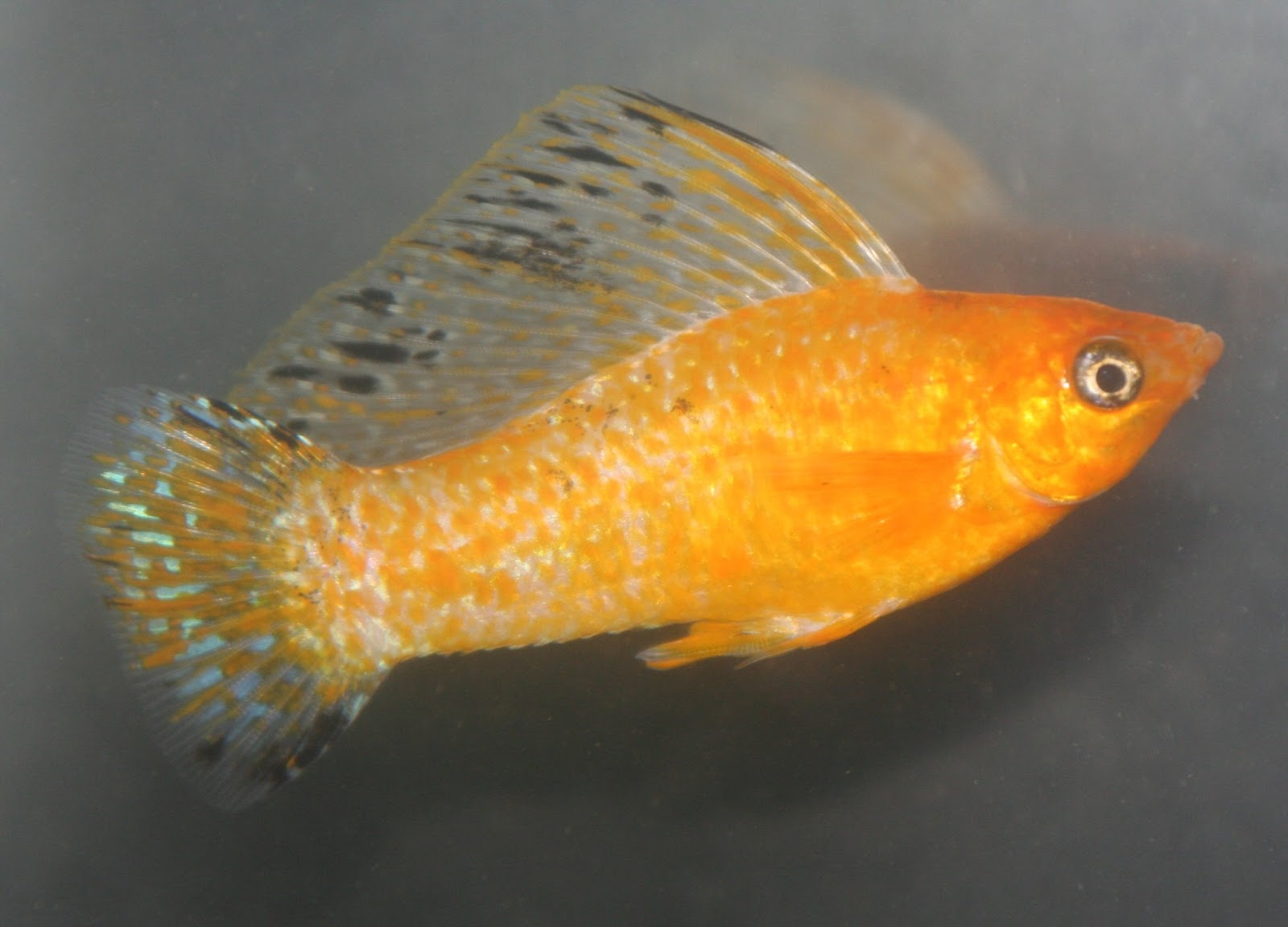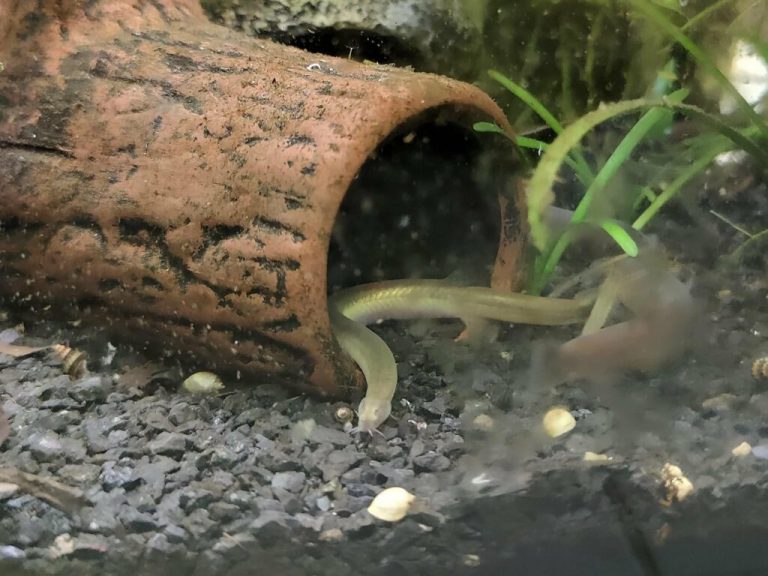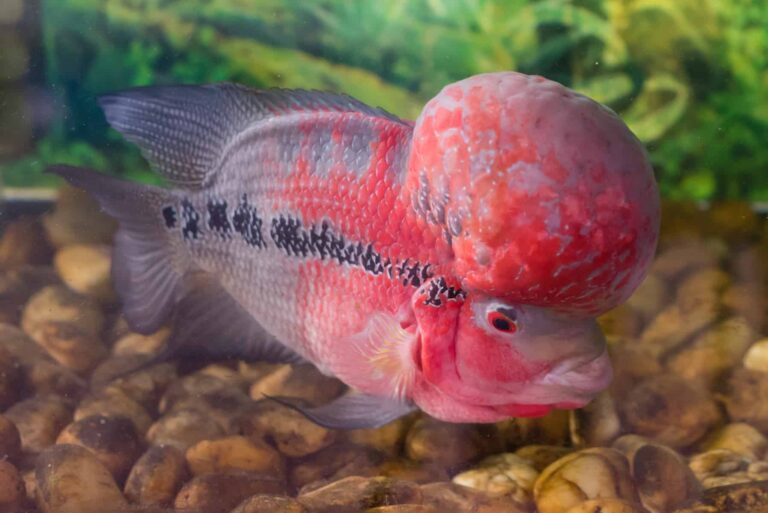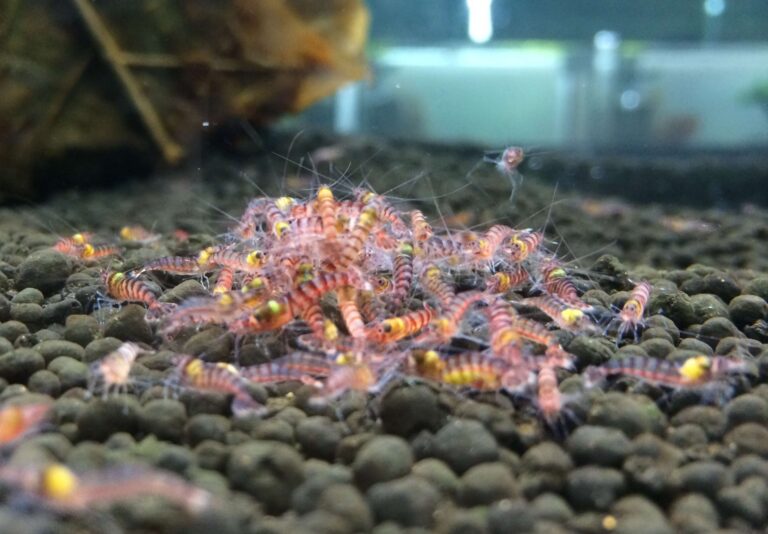Lyretail Molly
Lyretail Molly: A Beautiful and Unique Fish for Your Aquarium
Are you looking to add some color and vibrancy to your aquarium? Look no further than the Lyretail Molly! This unique fish, known for its distinctive tail shape, is a popular choice among aquarium enthusiasts. In this article, we will dive into the world of Lyretail Mollies, exploring their characteristics, care requirements, breeding habits, and more. Let’s explore why the Lyretail Molly is an excellent addition to any aquarium.
Introduction to Lyretail Molly
The Lyretail Molly, scientifically known as Poecilia Mexicana, is a small freshwater fish native to Central America, particularly Mexico and Belize. It belongs to the Poecilia genus, which includes other popular aquarium fish like guppies and swordtails. One of the standout features of the Lyretail Molly is its lyre-shaped tail, which gives it a graceful and elegant appearance.

Appearance and Varieties
Lyretail Mollies come in a wide range of colors and patterns, making them a visually appealing choice for any aquarium. Some of the most popular color variants include black, gold, silver, and dalmatian (spots on a solid color). Additionally, there are variations in fin shape, such as high dorsal fin and sailfin. These diverse combinations allow you to create a visually stunning display in your aquarium.
Tank Setup and Care
Creating an optimal environment for your Lyretail Molly is crucial for its well-being. Here are some key considerations when setting up their tank:
1. Tank Size: A minimum tank size of 20 gallons is recommended, as Lyretail Mollies require ample swimming space.
2. Water Parameters: Mollies prefer slightly alkaline water with a pH between 7.5 and 8.5. The temperature should be maintained between 75°F and 82°F (24°C and 28°C).
3. Filtration: A reliable filtration system is necessary to maintain water quality and remove waste.
4. Decorations and Plants: Provide ample hiding spots and plants for the Lyretail Mollies to feel secure. They also appreciate open areas for swimming.
5. Tank Mates: Lyretail Mollies are generally peaceful, and they can coexist with other peaceful community fish like tetras, guppies, and platies. However, avoid aggressive or fin-nipping species.
Feeding and Nutrition
Like most livebearers, Lyretail Mollies are not picky eaters and will readily accept a varied diet. A combination of high-quality flake, pellet food, and occasional live or frozen foods, such as brine shrimp or daphnia, will provide the necessary nutrients for optimal health. To maintain vibrant colors, consider adding foods with high levels of carotenoids to their diet.
Breeding and Reproduction
Breeding Lyretail Mollies can be an exciting and rewarding experience. They are livebearers, which means they give birth to live young instead of laying eggs. Here are some tips for successful breeding:
1. Separate Breeding Tank: Set up a separate tank with dense plant cover to provide hiding spaces for the fry.
2. Ideal Water Conditions: Maintain optimal water parameters with slightly elevated temperatures (around 78°F to 80°F or 25°C to 27°C).
3. Introduce Males and Females: Add one male for every two or three females to prevent excessive harassment.
4. Gestation and Fry Care: The gestation period lasts for about four to six weeks. After giving birth, remove the adult fish to protect the fry and ensure their survival.
5. Feeding Fry: Feed the fry with finely crushed flake food, baby brine shrimp, or powdered fry food.
Potential Health Issues
Lyretail Mollies are generally hardy fish, but they are susceptible to some health issues. Common ailments include fin rot, ich, and swim bladder disorders. Ensure a clean and well-maintained tank, provide a balanced diet, and monitor water parameters regularly to prevent health problems. Quarantine new fish before introducing them into an established tank to minimize the risk of disease transmission.
Frequently Asked Questions
As a popular choice among aquatic hobbyists, the Lyretail Molly raises some common questions. Let’s address a few of them below.
1.Are Lyretail Mollies aggressive?
Lyretail Mollies are generally peaceful fish. However, males can sometimes exhibit aggressive behavior, especially when competing for females or territory. It is recommended to monitor their behavior and provide ample hiding spots to reduce aggression.
2.Can Lyretail Mollies live with other fish?
Yes, Lyretail Mollies can coexist with other peaceful community fish. Avoid aggressive or fin-nipping species that may harass the Mollies. Good tank mates include tetras, guppies, platies, and peaceful bottom-dwelling species like Corydoras catfish.
3.How long do Lyretail Mollies live?
Under optimal conditions, Lyretail Mollies can live for about three to five years. Proper care, a balanced diet, and a suitable environment contribute to their longevity.
4.Do Lyretail Mollies require a heater?
Lyretail Mollies are tropical fish and prefer warm water temperatures. It is recommended to use a heater to maintain a temperature between 75°F and 82°F (24°C and 28°C) in their tank.
Final Thoughts
The Lyretail Molly is a captivating addition to any freshwater aquarium. Their beautiful colors, graceful swimming patterns, and unique tail shape make them a delight to watch. By providing proper care, a suitable tank environment, and companionship with compatible tank mates, you can enjoy the beauty and charm of Lyretail Mollies for years to come. So, why not consider adding these vibrant fish to your aquarium and enhance the visual appeal of your underwater world? Happy fishkeeping!






